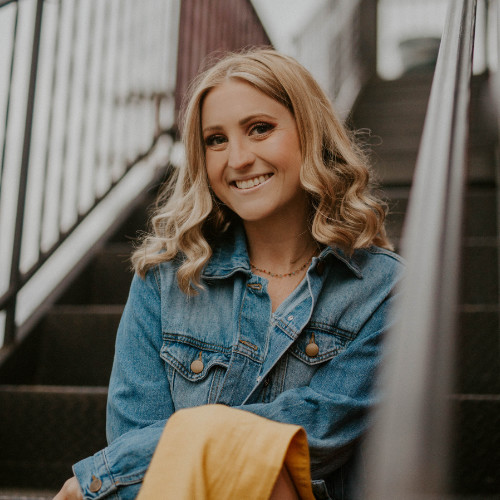Despite the fact that third-generation turf has been tested for over 20 years, there are still many myths about artificial turf. Many of the following myths originated in the 1960s, when the first primitive types became popular. Since then, the industry has seen rapid technological advances, backed up with scientific studies on the safety and efficacy of synthetic turf. Here are six of the most persistent myths and the truth behind the claims.
Myth 1: Turf is Only for Sports

Photo credit: aLive Coverage
Truth: Turf is used to replace natural grass in yards, pool areas, rooftop decks, commercial and event spaces, and more.
Most people first heard of artificial turf when professional sports leagues started to adopt the surface in the 1960s and 1970s. However, now that the technology behind the surface is even more advanced, artificial turf is also popular in residential and commercial spaces. More and more homeowners are turning to synthetic turf for an easy-to-maintain lawn that looks good every day of the year. Businesses are using turf in landscaping. Airports have increasingly adopted turf as a safer surface technology for safe-zone areas around runways and taxiways.
Myth 2: Turf is Bad for the Environment
Truth: Artificial grass is non-toxic, uses less water and reduces your carbon footprint.
Turf does not use herbicides, pesticides or fertilizers. Unlike traditional grass, turf uses much less water. For example, if a high school installs a 100-yard football field, it could save up to 1 million gallons of water per year just from the reduction in watering. The football field would use up to 20,000 recycled tires for infill, saving the tires from sitting in a landfill. Similarly, switching to a fake grass lawn will save the average homeowner 100,000 gallons of water each year. Synthetic turf also does not need to be mowed, reducing both noxious emissions and grass clippings. The EPA reports that a push mower emits as much pollution in one hour as 11 cars and a riding mower emits as much as 34 cars.
Myth 3: Rubber Infill is Not Safe
Truth: Rubber infill, often referred to as “crumb rubber”, is not toxic.
Crumb rubber is made from pulverized tires. When turf with rubber infill was first introduced, it was heavily scrutinized by health researchers. Hundreds of independent studies have verified that rubber infill does not pose a health risk to people or pets. Studies have focused on toxicities from possible ingestion, inhalation and dermal contact, but no links between rubber infill and cancer or disease have been found. For more information about the safety of rubber infill, visit the Synthetic Turf Council’s research page.
Myth 4: Turf Causes More Injuries
Truth: Turf actually reduces the number of impact injuries.
Studies conducted using the new generation of fake grass demonstrate that there is no greater injury risk from playing sports on synthetic surfaces. Studies from Sweden and Norway which followed players over a four to five year period found the injury rate is no greater on artificial turf. Studies conducted by soccer’s governing body, FIFA, also found little difference in the incidence, nature and cause of injuries observed in games played on turf versus games played on natural grass.
Myth 5: All Turf Looks Alike
 Truth: Turf comes in many different varieties, and the quality is dependent on the manufacturer.
Truth: Turf comes in many different varieties, and the quality is dependent on the manufacturer.
Artificial turf comes in a variety of styles for location, performance and budget.
Myth 6: Turf is Too Hot to Play On
Truth: Turf temperature is not too warm to play safely on.
Turf temperature is on average higher than natural grass. Watering the fields can lower the temperature by about 10 degrees Fahrenheit. While old reports suggested that field temperatures could reach 200 degrees, these reports were faulty. The most recent research on field temperatures suggests that at two feet above the surface, the average temperature differential between artificial grass and natural grass is four degrees. At five feet above the surface, the temperature difference is less than one degree. Act Global’s synthetic grass is engineered to withstand extreme temperatures, giving a playing field a lush green look year-round.
Be sure to keep up to date on all of our turf projects and more by following us on Facebook, Twitter, Instagram, and LinkedIn.

Shelby Becker is a creative content creator and marketing specialist at Act Global. She’s an animal rights activist, avid concert-goer, and scary movie enthusiast. Follow her on LinkedIn .
For more information, contact marketing at sbecker@actglobal.com
